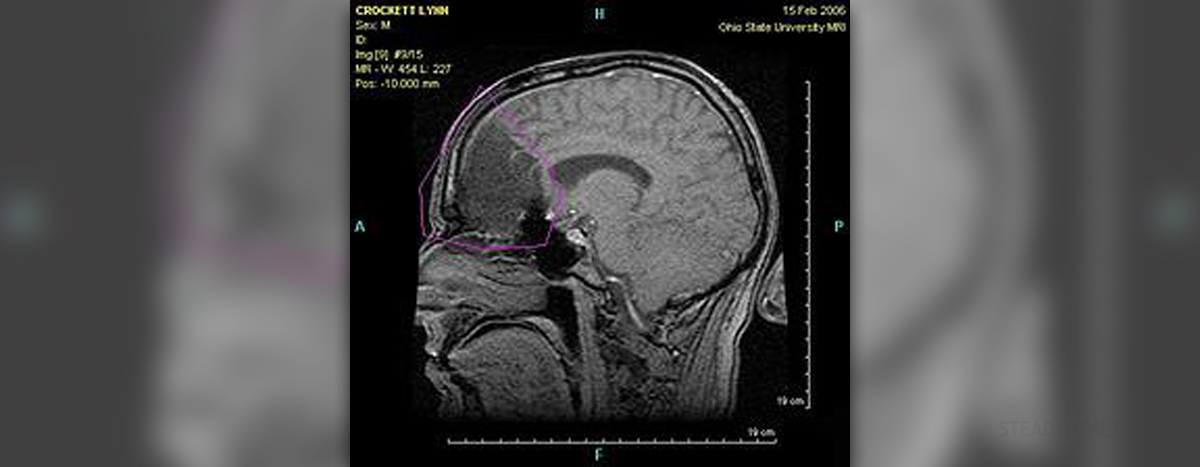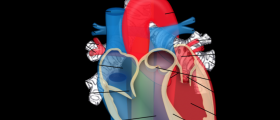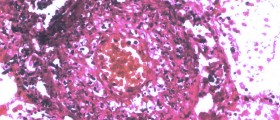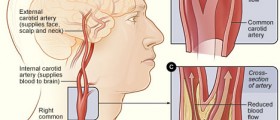
A brain aneurysm is a potentially life-threatening condition characterized by abnormal widening or bulging of a portion of a blood vessel that supplies blood to the brain. This condition is also known as intracerebral aneurysm and intracranial aneurysm.
Brain aneurysm often goes unoticed as it is asymptomatic. However, if it ruptures it may cause hemorrhage in the subarachnoid space surrounding the brain. This is known as subarachnoid hemorrhage which, depending on its severity, may result in stroke, brain damage and death.
Causes of Brain Aneurysm
An aneurysm is a weak spot in the wall of an artery or vein. A brain aneurysm occurs when this weak spot forms in the wall of a blood vessel within the brain. This most commonly develops in the network of arteries at the base of the brain (the Circle of Willis) that links to all parts of the brain supplying them with blood and nutrition. Aneurysms usually form at the junctions where these arteries come together.
Aneurysms are not a congenital defect but acquired condition. Different factors may trigger an aneurysm. People with family history of the condition, women and African-Americans have increased risk of brain aneurysm.
Certain health conditions also seem to play a role in development of a brain aneurysm. This includes high blood pressure, atherosclerosis, bacterial endocarditis, polycystic kidney disease, Marfan’s syndrome, Ehlers-Danlos syndrome, neurofibromatosis, diseases of the vascular system and tumors of the head and neck.
Other possible causes of brain aneurysms are head injury, cigarette smoking, alcohol consumption and use of birth control pills. Types of Brain Aneurysm
Depending on their size, brain aneurysms can be classified into:Small – 11 mm to15 mm in diameterLarge – 15 mm to 25 mm in diameterGiant – 25 mm to 50 mm in diameterSuper giant – over 50 mm in diameterBrain aneurysms can be also classified according to their shape. Berry aneurysm or saccular aneurysms are small, berry-shaped outpouchings of a blood vessel, which have a narrow stem or neck. It is the most common type of brain aneurysm that may occur in people of all ages. However, it usually affects adult females.
Lateral aneurysm is a brain aneurysm that forms as a bulge on one wall of a blood vessel within the brain. Fusiform aneurysm develops due to widening along all walls of the vessel.
Symptoms of Brain Aneurysm
Small brain aneurysms usually do not produce any symptoms. However, large aneurysms may press on surrounding brain tissue and nerves causing problems with facial muscles or eyesight.
Ruptured aneurysm may cause severe headache, nausea, vomiting, sensitivity to light, alterations in mental status, pain above and behind the eye, a dilated pupil, drooping of an eyelid, double vision, numbness, weakness, neck stiffness, dizziness, seizures and loss of consciousness.














-Disease-Cause-A-Stroke_f_280x120.jpg)


Your thoughts on this
Loading...